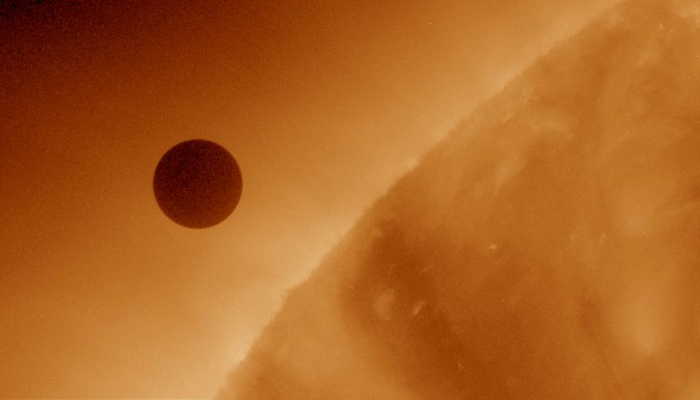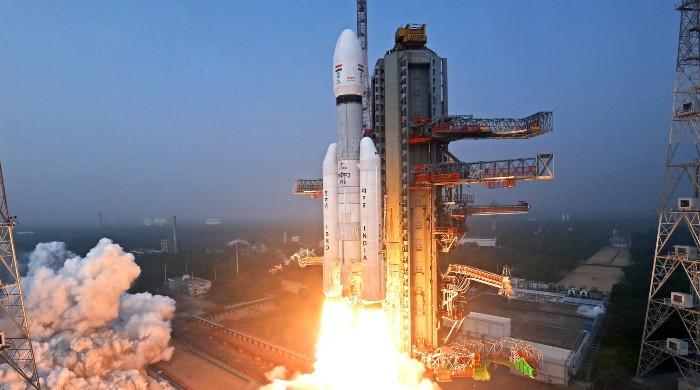New imagery analysis shows planet Venus 'charged with volcanoes'
"Our interpretation is that there is new influx of magma into chamber underneath vent," believes researcher
March 16, 2023

Three decades-old radar imagery analysis has revealed that Earth's neighbouring and dynamic Venus planet is charged with volcanic activity with lava flows and eruptions.
The images were taken by NASA's Magellan spacecraft in 1991 on which the researchers carried out their analysis. The pictures show an opening on the surface of Venus — situated on Maat Moons — which is 1.6 miles wide and transformed into a particular shape in the time span of eight months in the year 1991. It is also 5 miles tall, making it the highest volcano.
The images were captured from 1990 to 1992 up to three times over a span of 24 months. As the advancement in computing and image captioning has been moving forward, it has made analysis relatively easier for scientists.
Images from February 1991 show the vent's circle of one square mile but October's show the vent expanded from its previous size to 1.5 square miles with an amorphous shape.
Robert Herrick, a University of Alaska Fairbanks Geophysical Institute research professor and lead author of the study published in the journal Science said: "What we definitively can demonstrate is that a volcanic vent got larger and looks to have gone from conical and hundreds of meters deep in its interior to a flat, nearly filled interior."
"Our interpretation is that there is a new influx of magma into a chamber underneath the vent, and that results in the formation of a broader, irregular caldera [a large depression created when a volcano erupts and collapses] that still has an active lava lake in it when the second image is taken."
Meanwhile, co-author of the study Scott Hensley, a senior research scientist specialising in radar remote sensing at NASA's Jet Propulsion Laboratory in California, said: "Although it is possible the vent collapse was not associated with active volcanism, on Earth this large a collapse is usually associated with some sort of magmatic movement, and hence we think it likely to be the case here."
The planet Venus harbours volcanoes, craters mountains and plains of lava. Venus is covered with craters, volcanoes, mountains and lava plains.
The analysis led to the conclusion that Venus also experiences similar eruptions to that of Hawaii, Iceland and the Canary Islands, believed the lead author Herrick of this study.
Earlier, scientists had considered Venus a dormant planet as it does not have tectonic plates similar to earth. Back in 2020, a study identified 37 active volcanic structures in the past 2 million to 3 million years.
Venus is smaller than the Earth and its atmosphere is thick with mainly carbon dioxide. It has high levels of the greenhouse effect which make it the hottest planet in the solar system.
Earth is in the comfortable position considered not too far nor too near the Sun, however, Venus resides near the inner boundary of the Sun.









